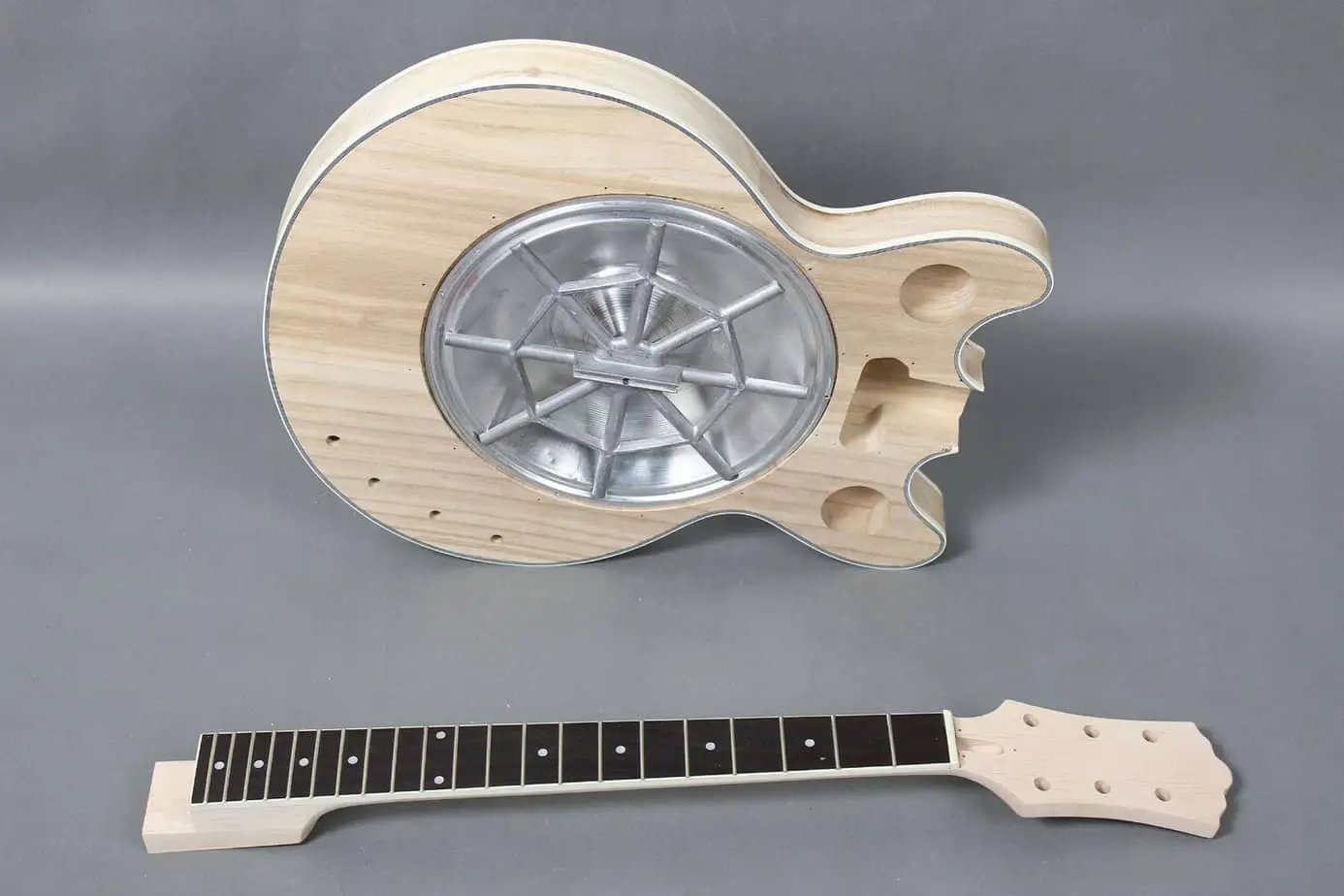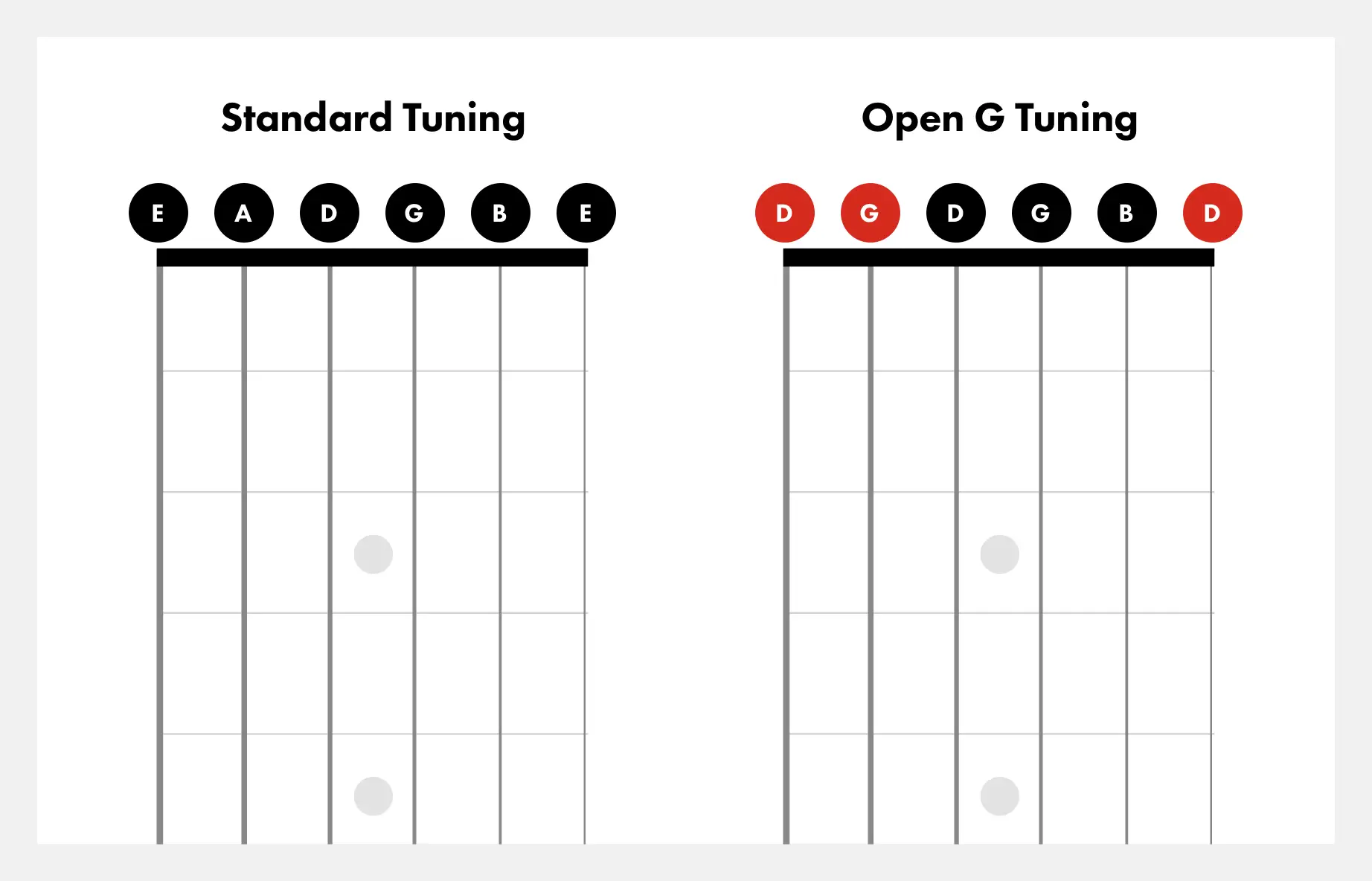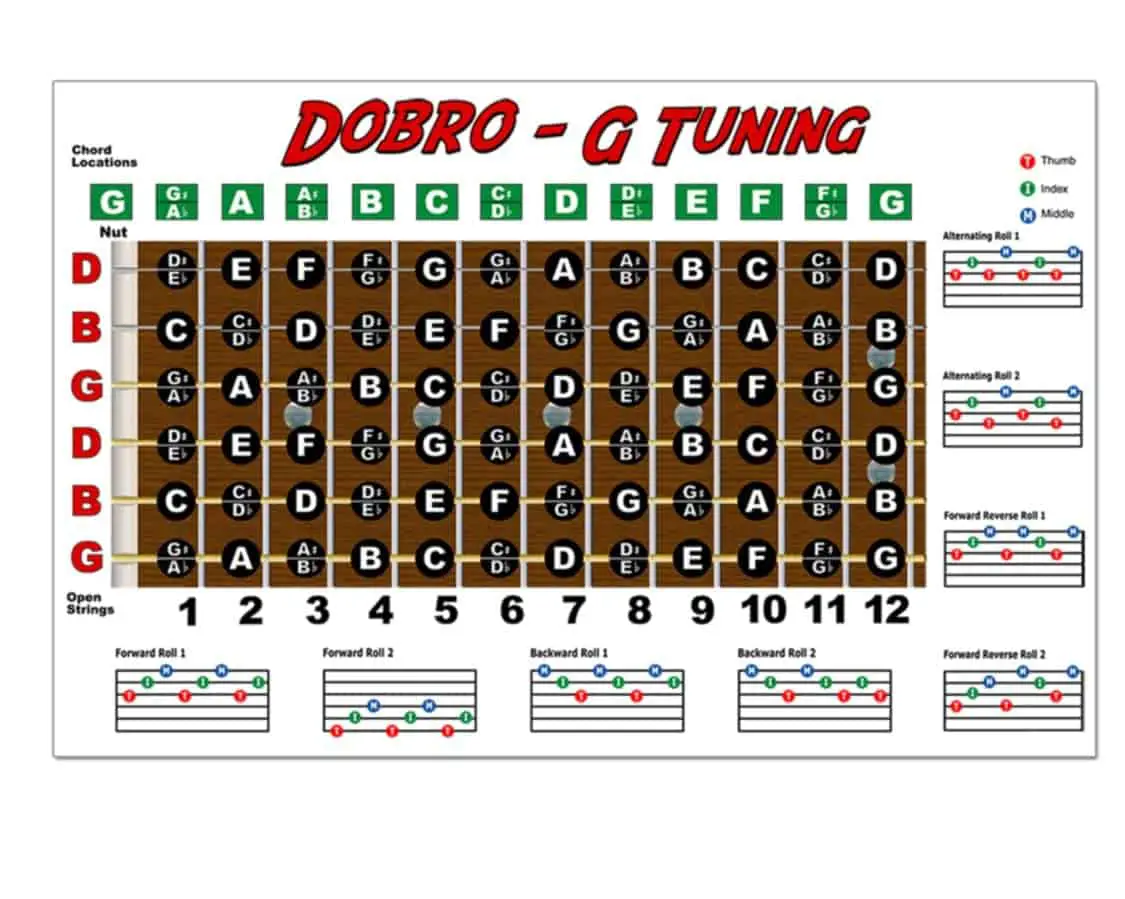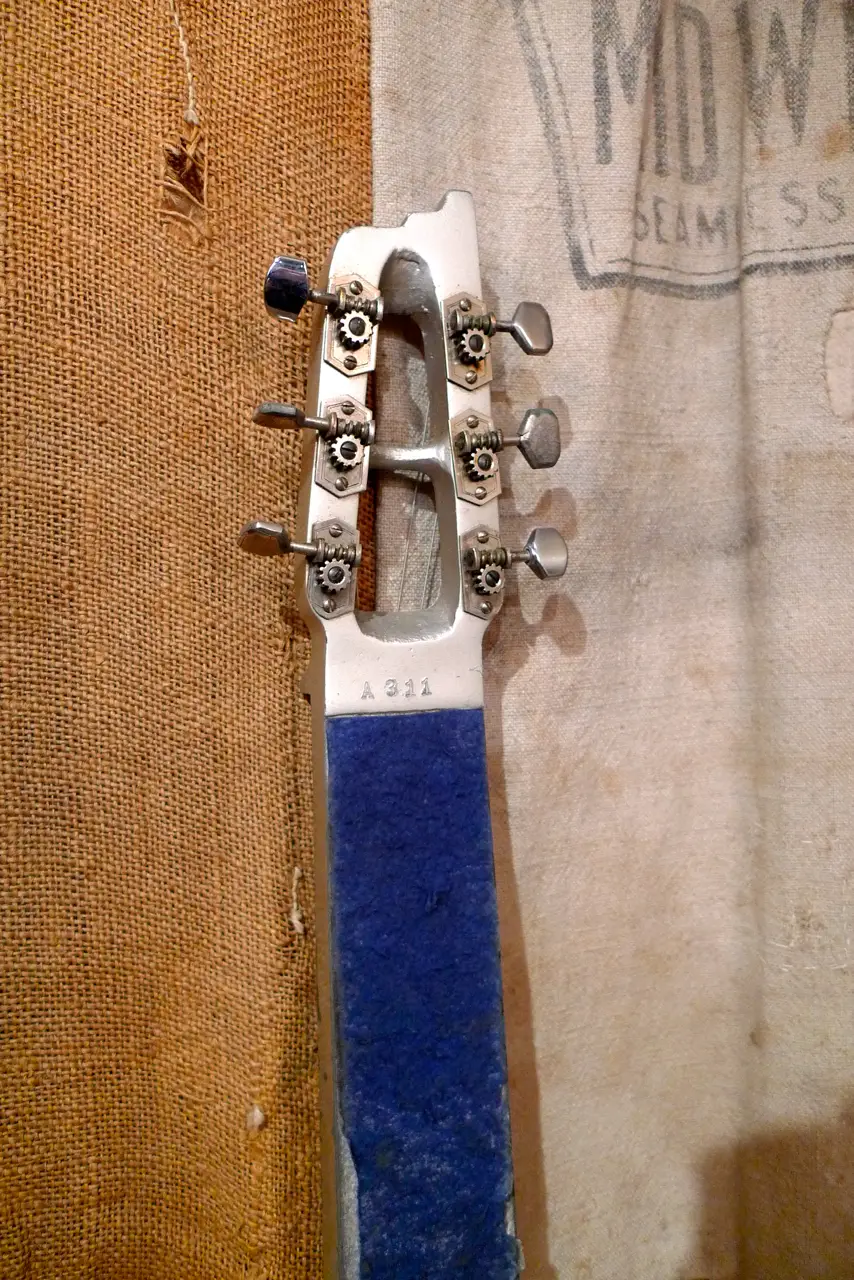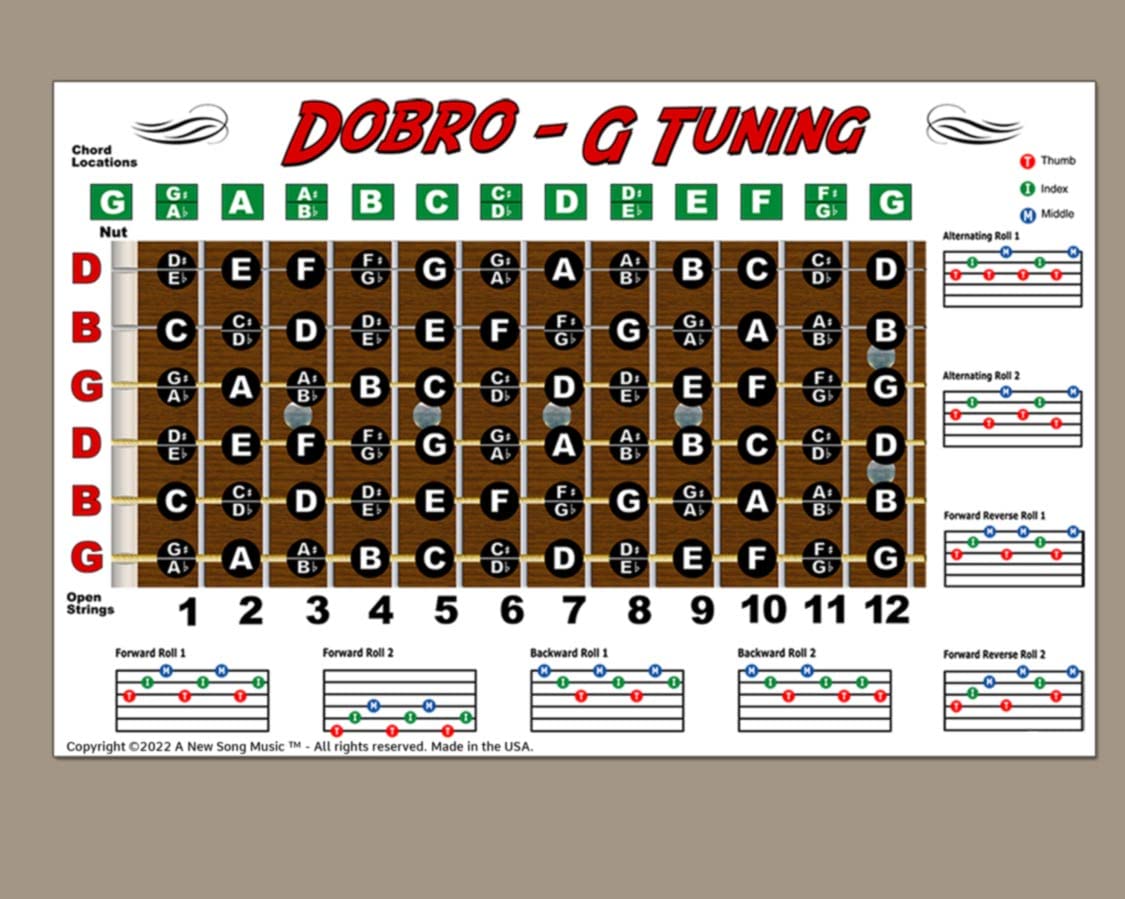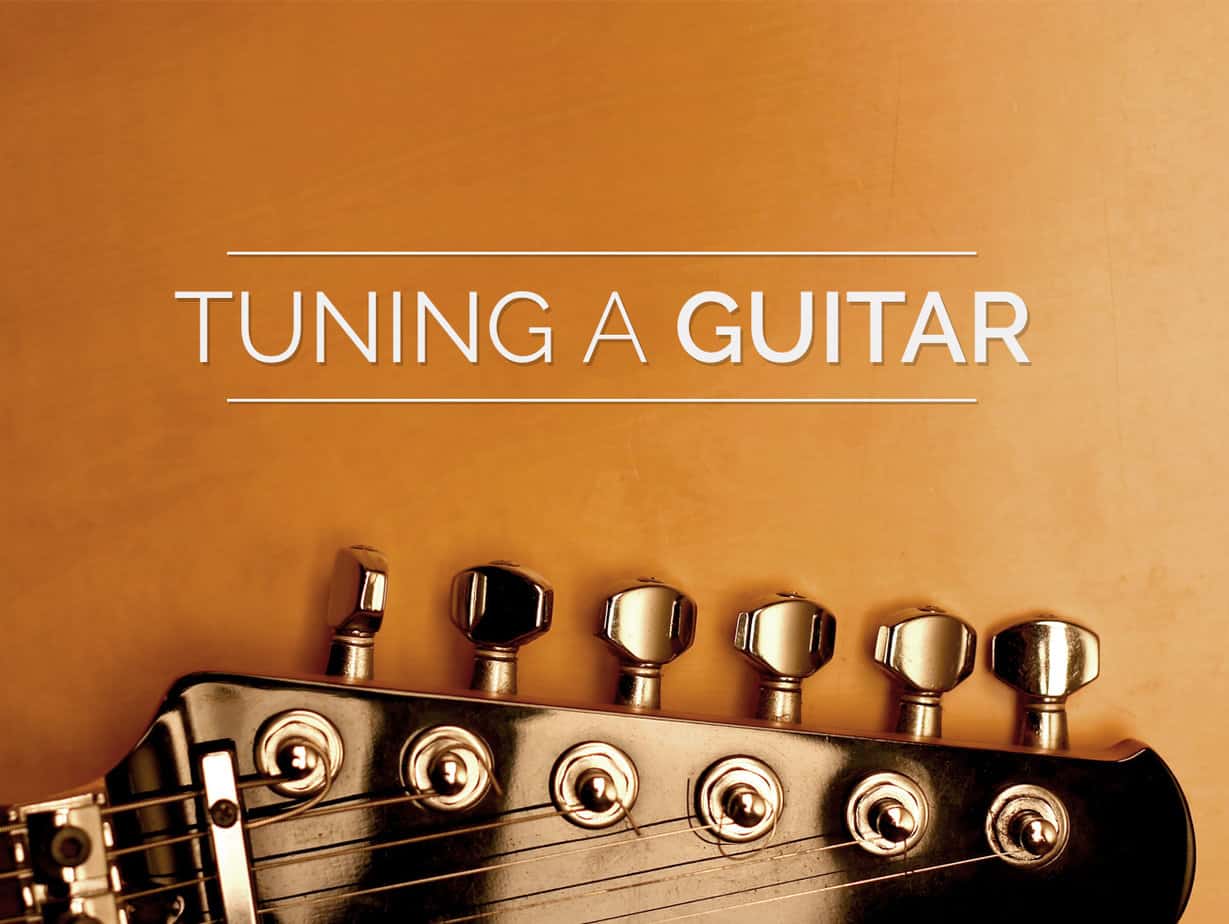The Dobro guitar, also known as a resonator guitar, is a unique and beautiful instrument that produces a rich, resonant sound. Tuning a Dobro guitar can be a bit different than tuning a standard acoustic guitar, but with a few simple steps, you can have your Dobro sounding great. In this article, we will go over the basics of how to tune a Dobro guitar.
Understanding the Dobro Guitar
Before we dive into the tuning process, it’s important to understand the unique design of the Dobro guitar. Unlike a standard acoustic guitar, the Dobro has a metal cone (called a “resonator”) located under the bridge, which amplifies the sound produced by the strings. This design gives the Dobro its distinctive sound, but it also means that the strings are under a lot of tension.
Choosing the Right Tuning
The most common tuning for a Dobro guitar is open G tuning, which is G D G B D from low to high. This tuning is often used for blues and slide guitar playing. However, you can also tune the Dobro to open D, open A, or any other open tuning that you prefer.
Gathering Your Tools
To tune your Dobro guitar, you will need a chromatic tuner and a guitar pick. You may also want to have a guitar cable on hand, as some tuners require a direct input from the guitar.
Checking the Strings
Before you begin tuning, make sure that all of the strings are in good condition and properly seated in the bridge and nut. If any of the strings are worn or damaged, replace them before tuning.
Tuning the Lowest String
Start by tuning the lowest string (the 6th string) to a G note. If you are using a chromatic tuner, pluck the string and adjust the tuning peg until the tuner indicates that you are in tune. If you are using a tuner that requires a direct input, plug in the guitar cable and follow the same process.
Tuning the Second String
Next, tune the second string (the 5th string) to a D note. This string should be tuned to the same pitch as the 4th string on a standard acoustic guitar.
Tuning the Third String
Tune the third string (the 4th string) to a G note. This string should be tuned to the same pitch as the 3rd string on a standard acoustic guitar.
Tuning the Fourth String
Tune the fourth string (the 3rd string) to a B note. This string should be tuned to the same pitch as the 2nd string on a standard acoustic guitar.
Tuning the Fifth String
Tune the fifth string (the 2nd string) to a D note. This string should be tuned to the same pitch as the 1st string on a standard acoustic guitar.
Tuning the Sixth String
Finally, tune the sixth string (the 1st string) to a G note. This string should be tuned to the same pitch as the 6th string on a standard acoustic guitar.
Checking Your Tuning
Once you have finished tuning all of the strings, play a few chords and listen carefully to the sound. If any of the strings are out of tune, go back and adjust them as needed. It’s also a good idea to check the tuning periodically, as the strings may go out of tune over time.
Looking to tune your musical instruments? Check out our articles on how to tune a tenor banjo, how to tune a banjo, how to tune a guitar like a banjo, how to tune a banjo with an electronic tuner, and how to tune a 5-string banjo for all your tuning needs!
- P/V/G
- Pages: 402
- Instrumentation: Piano/Vocal/Guitar
- Various (Author)
- English (Publication Language)
Conclusion
Tuning a Dobro guitar may seem intimidating at first, but with a little practice, it’s a skill that any guitarist can master. By following the steps outlined in this article, you can have your Dobro guitar sounding great in no time. Remember to take your time, double-check your work, and most importantly, have fun playing your Dobro!

